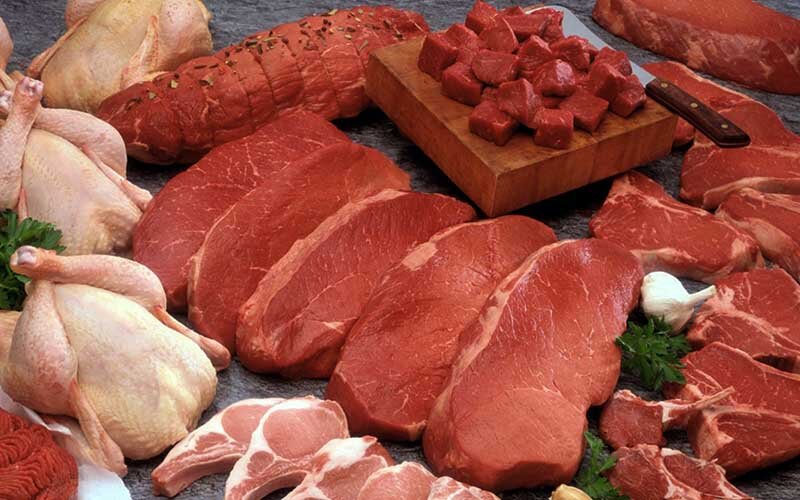Production of red meat, chicken meat to reach 3.5m tons by next March

TEHRAN – The total production of red and chicken meat is expected to reach 3.5 million tons by the end of the current Iranian calendar year (March 20, 2021), according to the deputy agriculture minister.
Red meat production will reach 880,000 tons, while chicken meat output is expected to reach 2.7 million tons, IRNA quoted Morteza Rezaei as saying on Sunday.
Speaking in a press conference on the occasion of the Government Week (August 23-29), Rezaei said: “Considering the measures taken, the egg production will reach 1,650,000 tons, the honey output will reach 113,000 tons, and the production of fresh silk cocoons will reach 1,650,000 tons.”
The deputy minister noted that based on the official statistics in recent years the production of red meat and chicken meat has increased by 2.5 percent, and 6.5 percent respectively.
Pointing to the per capita consumption of protein products in the country, Rezaei said: “Currently the per capita consumption of red meat is 12.5 kilograms, chicken meat 31.25 kilograms, raw milk 124 kilograms, eggs 11.72 kilograms and honey 1.35 kilograms.”
Back on August 15, the Statistical Center of Iran (SCI) announced that production of red meat in Iran stood at 36,200 tons in the fourth month of the current Iranian calendar year (June 21-July 21), showing 19 percent growth compared to the same month in the past year.
The SCI’s report said that beef and veal had the lion’s share in the country’s red meat output during the fourth month with 20,400 tons, followed by lamb and mutton with 12,400 tons, and red meat from other livestock with 709 tons.
Iran is among the leading consumers of red meat in the West Asia region with lamb being the most sought after.
However, the consumption per person is around a third of what is normally seen in countries like the U.S. and Australia, mainly due to the prohibition of pork in Islamic law.
The major part of Iran’s red meat imports comes from countries like Brazil, where Iranian supervisors directly control culling methods to ensure they comply with religious rules.
EF/MA
Leave a Comment